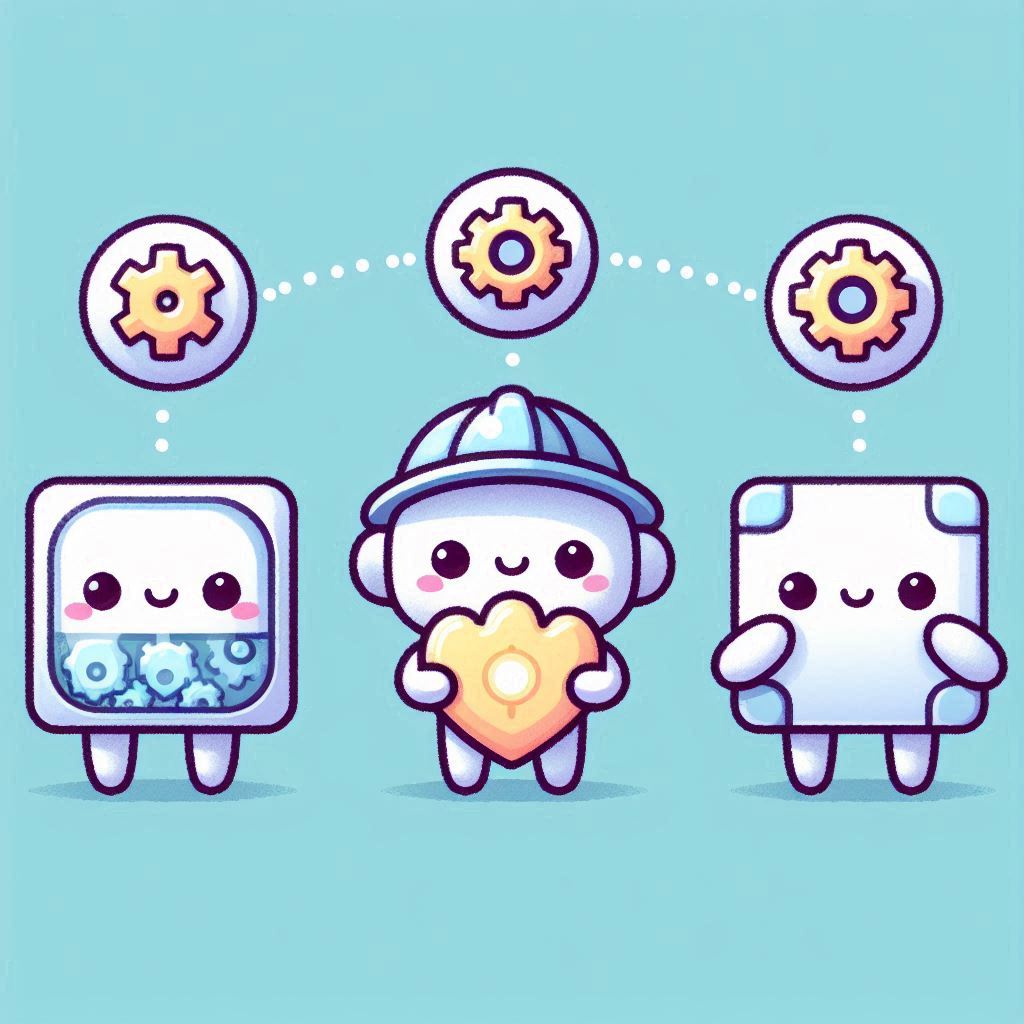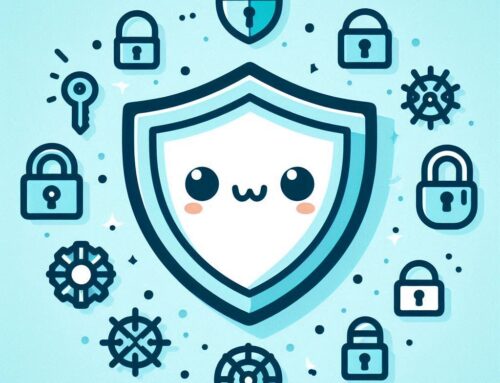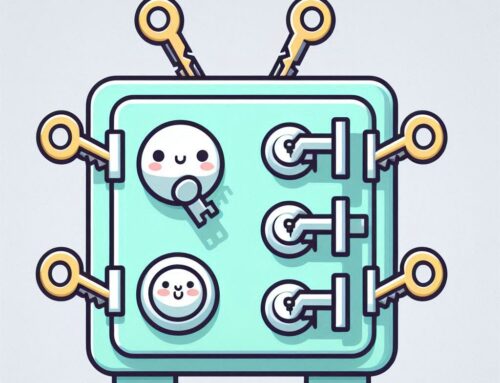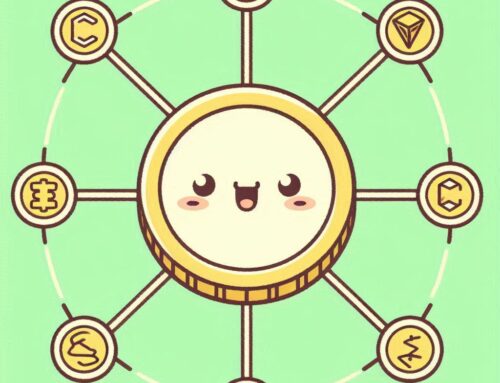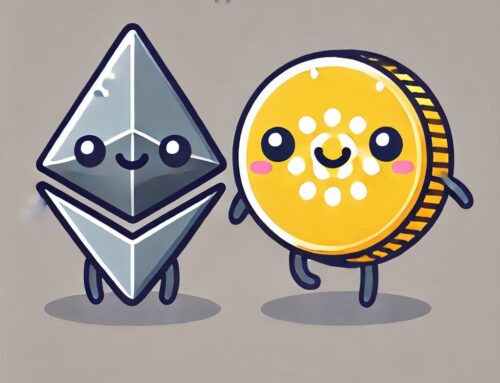Why Do We Need Blockchain? Because the Digital World Needs a Superhero
Let’s get real for a hot minute: the digital world we live in is a bit of a mess. It’s like a toddler’s playroom after a sugar rush: chaotic, unpredictable, and desperately in need of some order. We’ve all been there, scratching our heads and wishing things were more transparent, secure, and a little less controlled by the digital overlords. That’s where blockchain struts onto the stage, ready to save the day! It’s not just some techy buzzword that only Silicon Valley types understand. So, let’s dive headfirst into why we actually need blockchain, and how it’s trying to make our digital world less of a chaotic clown show and a bit more of a well-organized digital utopia!
The Problem: A World of Centralized Control and Opaque Systems (aka, Digital Dictatorships!)
Before we jump into solutions and the heroic rise of blockchain, let’s first acknowledge the problems. For years, many of our digital systems have been centralized; think about banks, social media platforms, and online marketplaces. These are often controlled by a single entity, which, while sometimes convenient (like having a designated driver), can also lead to some major issues (like a designated driver who’s also a kleptomaniac!).
-
Lack of Transparency: Ever tried to decipher why your bank charged you a mysterious fee or how a social media algorithm decides what you see? It’s like trying to understand why your cat does the things it does; baffling, frustrating, and downright opaque. These systems often lack transparency, meaning we have little to no insight into how they really operate. It’s like navigating a maze blindfolded, where you have no idea where you’re going, or if the cheese is even real.
-
Security Vulnerabilities: Centralized systems are like giant, juicy honeypots for hackers. One successful breach can expose the data of millions of users, leaving us vulnerable to identity theft, compromised accounts, and other nasty consequences. It’s like having all your valuables in one giant, unprotected vault, just waiting for a daring heist. This lack of security is one of the major problems with traditional digital systems, and is one of the reasons that blockchain is so important.
-
Centralized Control: When a single entity controls a system, they can change the rules on a whim, without consulting anyone else. They can censor content, manipulate data, and even change the terms and conditions without our consent, all the while claiming “it’s for your own good”. It’s like playing a board game where one person is constantly moving all the pieces to their advantage, and then claiming they were never actually cheating. This is where blockchain comes in, to create a more balanced and fair system.
-
Trust Issues: Because of all these issues, we’ve developed a general distrust of centralized systems. We’re constantly wondering if we can really trust the institutions that hold our data and manage our transactions. It’s a world where we often just have to take their word for it, which is a bit like blindly trusting the weather forecast, even if it says there’s a 100% chance of sunshine when the rain is already coming down in buckets. In the digital world, it is important to be able to rely on trustworthy systems, and blockchain aims to provide exactly that.
The Blockchain Solution: Transparency, Security, and Decentralization to the Rescue! (Like a Digital Dream Team!)
Enter blockchain, the knight in shining armor (or, well, a network of interconnected blocks) here to fix things! Blockchain provides solutions to these aforementioned problems, tackling the lack of transparency, security vulnerabilities, and centralized control head-on. It’s like having a digital dream team, where everyone works together for the greater good, rather than having a select few calling the shots.
1. Transparency: Shining a Light on the Digital Shadows
One of the biggest benefits of blockchain is its transparency. Every transaction recorded on the blockchain is publicly visible (though the identity of the participants is often obscured for privacy reasons, like a superhero keeping their secret identity). This means you can see the flow of information and assets without needing to rely on any single intermediary.
-
Think of it like this: Imagine a public library where every book borrowing is recorded on a visible ledger, that anyone can check. You can see exactly which books have been borrowed, when, and by whom (though the specific names are hidden). This level of transparency helps prevent things from happening behind closed doors, which makes blockchain systems much more trustworthy.
-
Real-world example: In supply chains, blockchain can make it possible to trace the journey of a product from its origin to the consumer. You can see exactly where your coffee beans were grown, processed, and transported, ensuring they are ethically sourced, which creates more accountability and trust, by showing consumers all the steps that were taken to create the product.
2. Security: A Fortress of Blocks, Not a Single Weak Link
Traditional centralized systems are vulnerable to hacks because they have a single point of failure. If a hacker breaches that central point, they have access to everything. Blockchain, on the other hand, is distributed across many computers, making it incredibly difficult to hack. It’s like upgrading from a single lock on a door to having a fortress with a multi-layered security system.
-
Think of it like this: Imagine trying to rob a bank. In a traditional system, you only need to breach one vault to access all the money. With blockchain, it’s like every customer has their own vault, and you’d have to breach all of them at the same time, which is practically impossible (unless you have access to a team of highly trained hackers, which are probably busy doing something else anyway). This is one of the key benefits of blockchain, and why it is often hailed as such a secure system.
-
Real-world example: Storing medical records on a blockchain would make them more secure. Patients would have greater control over who can access their data, and the records themselves would be far less susceptible to tampering, providing more security and trust to patients and healthcare workers.
3. Decentralization: Giving the Power to the People (Or at Least, to the Network!)
Centralized systems often concentrate power in the hands of a select few, which can lead to abuse and manipulation. Decentralization, however, distributes power across the network, making it much more democratic and resilient. Blockchain aims to provide decentralized systems, where no single entity has the final say.
-
Think of it like this: Imagine a town meeting where decisions are made by the entire community, rather than by a single mayor, who might be secretly building a giant statue of himself in the town square. In a decentralized system, power is distributed among the network participants, reducing the risk of abuse.
-
Real-world example: In social media, a decentralized platform would be less prone to censorship and manipulation. Users would have more control over their data and the content they see, instead of being subject to the whims of a single company, where the data and the control of content is dictated by the network, and its many users, rather than a single central point.
Blockchain: More Than Just Cryptocurrencies (It’s a Multi-Tool!)
While blockchain is often associated with cryptocurrencies like Bitcoin (the OG cryptocurrency), it’s important to understand that its benefits extend far beyond the realm of digital money. The principles of transparency, security, and decentralization have the potential to transform various industries, and make our digital lives more secure.
-
Voting Systems: Blockchain can be used to create a more secure and transparent voting system, reducing the risk of fraud and manipulation, and ensuring that votes are counted accurately, and are publicly verifiable.
-
Digital Identity: Blockchain can provide a more secure and reliable way to verify identities online, reducing the risk of identity theft, while allowing users to control and manage their digital identities more effectively.
-
Intellectual Property: Blockchain can help protect and manage digital assets like music, art, and patents by providing a secure and transparent way to track ownership, and preventing piracy and unauthorized usage.
-
Supply Chain Management: As mentioned before, blockchain enhances supply chain transparency, ensuring products are ethically sourced, authentic, and of a higher overall quality, by showing all the steps that a product has undergone.
The Takeaway: Why You Should Care About Blockchain
So, why do we need blockchain? Because it’s a powerful tool for creating more transparent, secure, and decentralized systems. It addresses many of the shortcomings of our current digital infrastructure, giving us more control over our data and our transactions. It’s not a magic wand, and there are still challenges to overcome, but it offers a compelling alternative to traditional centralized systems. In a world where trust is increasingly valuable, blockchain offers a way to build systems that don’t rely solely on it. Instead, we can trust in the code and the community that governs the blockchain network. It’s not just about technology; it’s about creating a more equitable and trustworthy digital future.

